
Introduced by Canon as the lightest full-frame mirrorless so far, the Canon EOS R8 aims to bust into the market in an entry-level capacity for anyone that wants to shoot full-frame but doesn't quite have the budget to stretch to their mid-range or premium models.
Type: Mirrorless
Sensor: 24.2MP full frame
Lens mount: E mount
ISO range: 100-102,400, expandable to 50-204,800
Viewfinder: 9.44 million-dot OLED EVF
Video capability: 4K UHD 60p
Weight: 0.91 lbs / 414g
Size: 5.24 x 3.39 x 2.76-inches / 128.9mm x 96.9mm x 80.8mm
Memory card type: 1x SD UHS-II
This camera suits beginners upgrading from DSLRs or crop-sensor mirrorless bodies. It's the second-cheapest full-frame mirrorless Canon has on sale (only the Canon EOS R, released in 2018, is cheaper at time of writing) and allows users to take advantage of the RF lens range because of its full-frame (35.9 x 23.9mm) CMOS image sensor.
It has a helpful guided user interface mode to support the uninitiated through the myriad menus and modes but it also lacks a few of the mod cons that other mirrorless cameras have as standard, such as in-body image stabilization (IBIS). However, its image noise handling is superb for the price and it feels good in the hand so we think this is a solid contender to compete with the likes of the Nikon Z5, despite the fact the Z5 is now three years old.
Canon EOS R8: Design
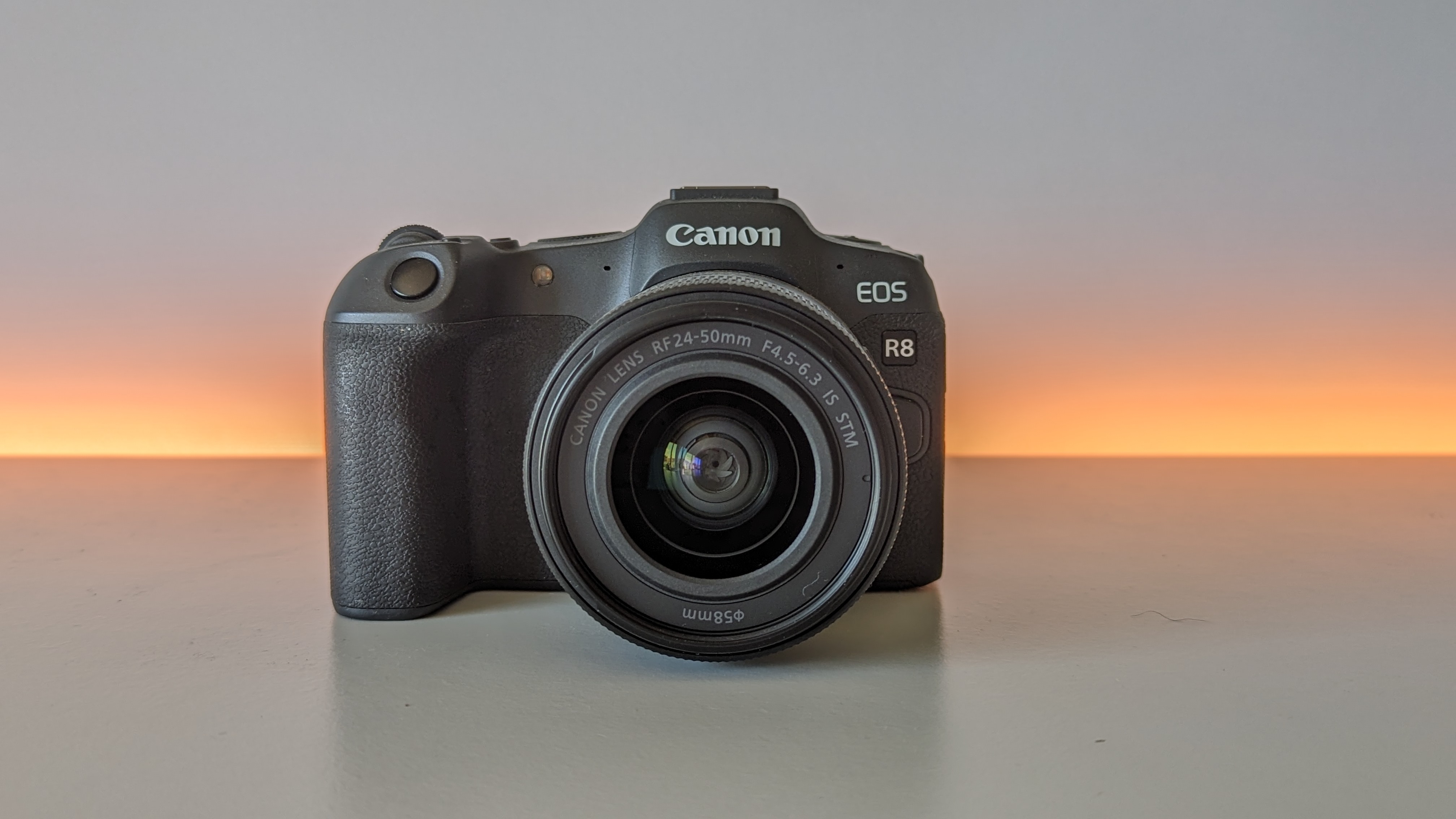
Upon first picking up the Canon EOS R8 it's easy to see that this is a great camera for beginners and intermediate photographers that are stepping into the full-frame market for the first time. Small but with a deep enough grip to feel comfortable to shoot with all day long, it's light as a feather at just 0.91 lbs / 414g.
Attaching it to the standard issue neckstrap it ships with, we found it comfortable enough to wear all day, should we want to. This is normally one of the first accessories we swap out, opting for comfier neoprene neckstraps that distribute the weight better and don't cut into the skin.
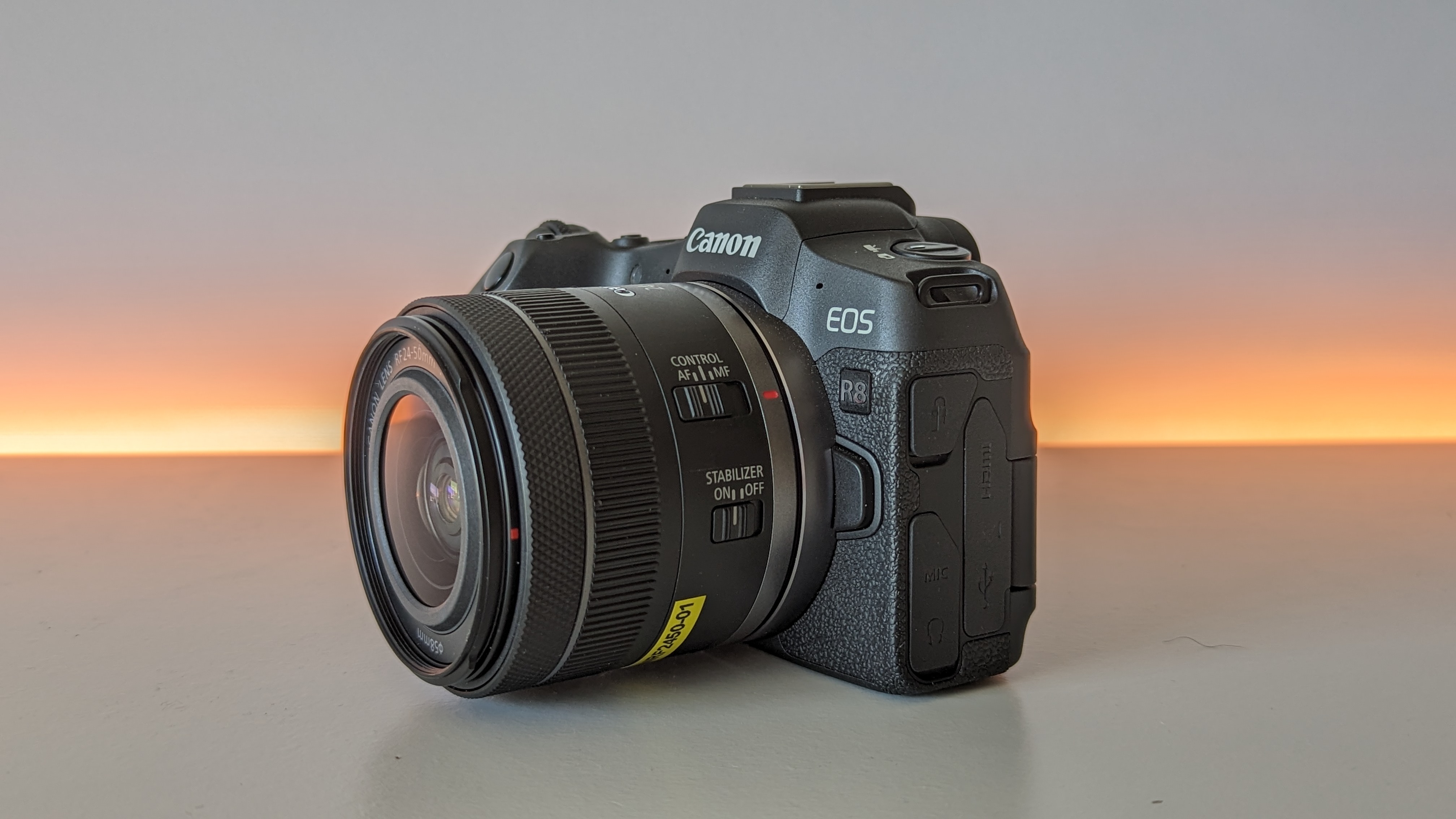
Despite being just 5.22 x 3.39 x 2.76-inches in size there was a surprising amount of space on the body and it didn't feel cluttered with buttons, though there were enough to make it a very functional camera straight out of the box.
The Clear View LCD II vari-angle touchscreen is pretty standard on Canon cameras now and it fits the bill nicely at 3.0-inches in size giving 1.62 million dots of detail. Zooming in on the screen with a simple pinch gesture felt intuitive and it was a pleasure to operate.
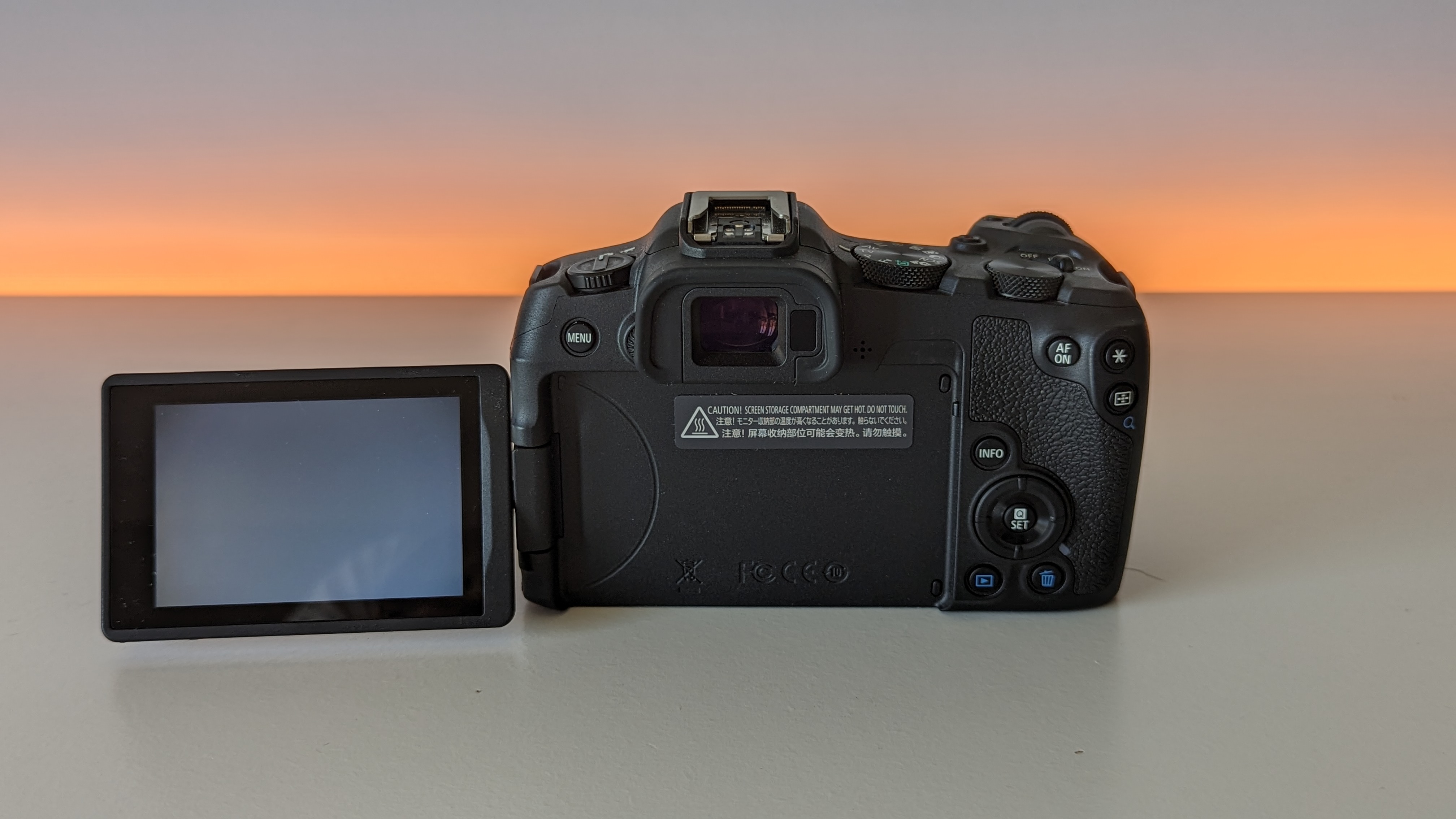
One slight frustration was the single SD card slot was placed in the battery tray compartment, meaning to swap out cards one had to open the door on the bottom of the camera. We would've preferred this to sit on the side of the camera as is standard with many models which is easier when shooting, especially on a tripod where footplates can get in the way of the battery tray. However, we imagine this is down to saving space and weight. If it becomes annoying we'd recommend using a higher capacity SD card to reduce the frequency of card swapping.
Canon EOS R8: Functionality
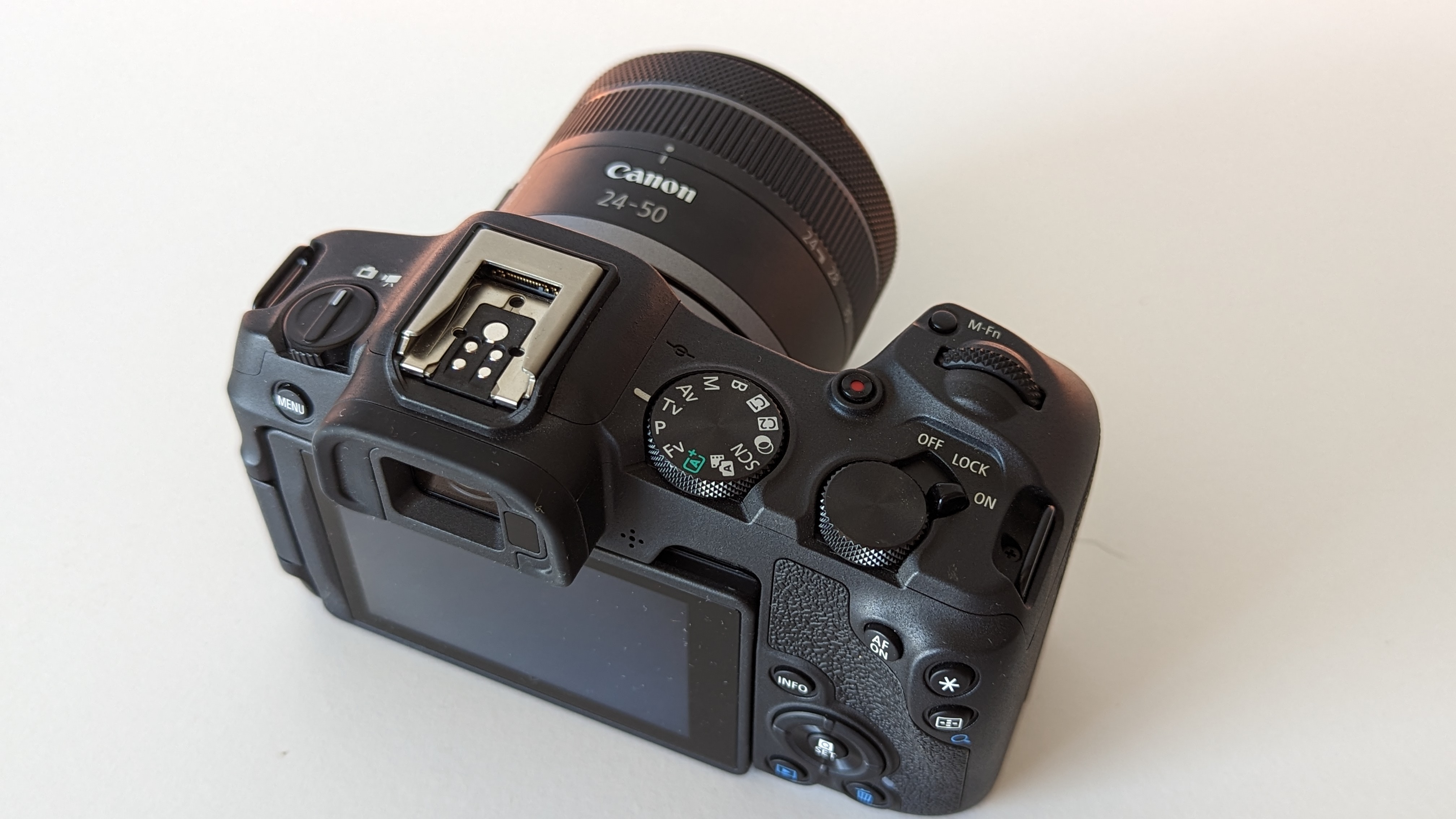
The Canon EOS R8 functions well and has excellent disbursement of buttons and dials so as to make it easy and quick to adjust aperture, shutter speed and ISO. Other settings can be accessed via appropriately placed buttons like the AF-on button which gives users the opportunity to back-button focus and sub-menus are accessed via the live view screen.
It was a little frustrating to change exposure compensation with the buttons in the default mapping though, because the asterix button and Quick Control dial had to be used simultaneously, meaning a weird cross-over of our thumb and index finger. This meant the finger was no longer resting on the shutter release which, during fleeting moments, meant we missed a couple of shots.
The hobbyist photographer most likely won't notice this issue, but anyone with a few years experience with cameras may want to remap the buttons or assign the control ring on the lens to adjust this setting.
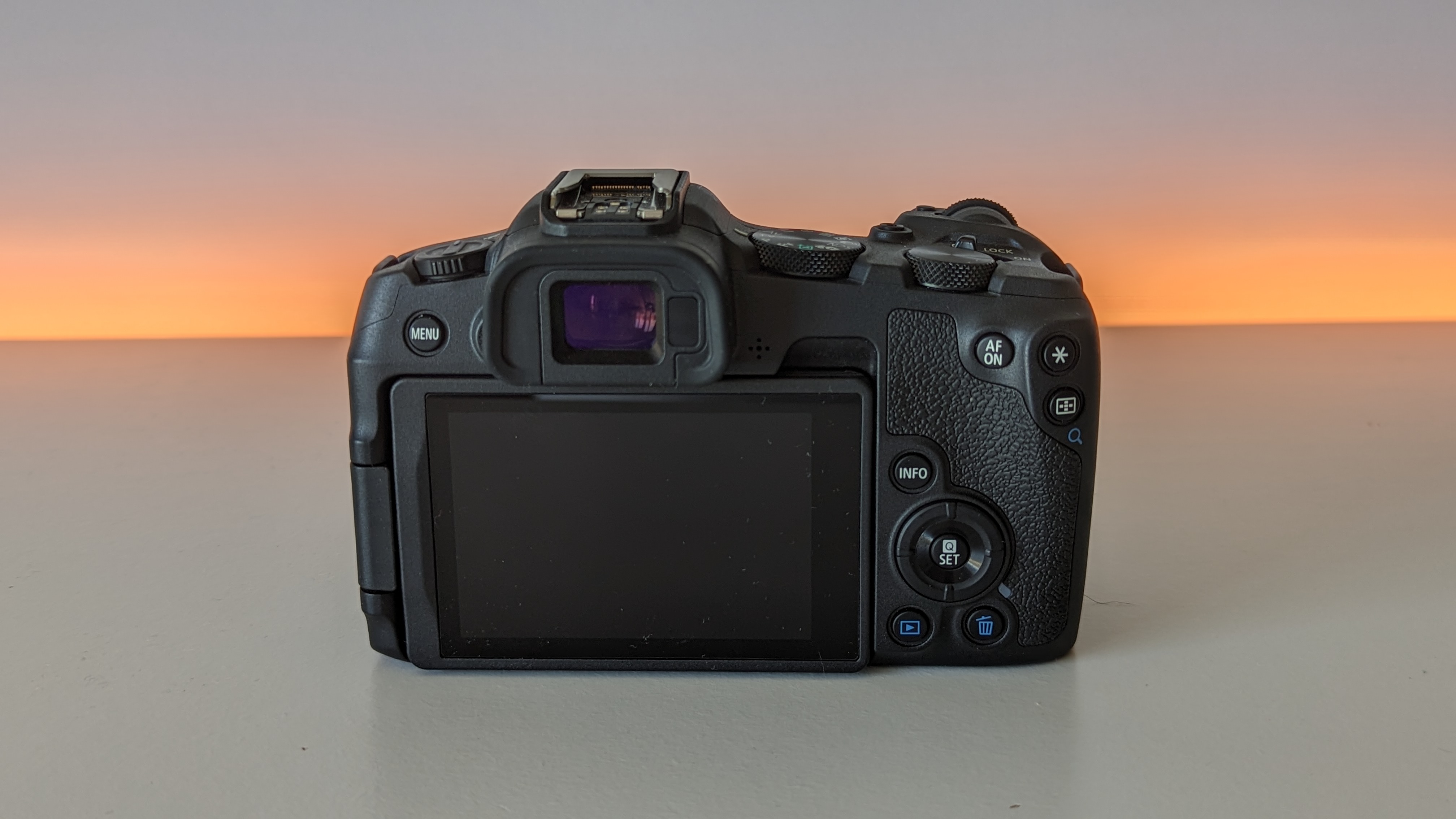
The R8 has a whopping 40FPS silent burst speed that is maintained for 120 JPEG or 56 RAW, 100 CRAW images, or alternatively 30FPS RAW stills. This, one would think would rank it as one of the best wildlife cameras but we'd add a caveat to say that this suits stationary (or slow-moving) wildlife subjects best. That's because of the issues with rolling shutter where fast-moving subjects could appear distorted during exposure.
Oddly, the electronic shutter burst speed must be accessed through a set of submenus on the camera itself which took a little reading of the manual. Seeing as this is one of its selling points we would've assumed this would be much easier to navigate, but it's easy enough once you know where to look.
This is backed up with the single UHS-II compatible SD card slot which is plenty powerful enough to save all those pixels without stalling. The electronic first curtain shutter eliminates rolling shutter problems associated with the silent shooting speed but it's limited to just 6FPS.
Canon EOS R8: Performance
With -6.5EV of autofocusing the Canon EOS R8 is a dream to use in low light. We'd go so far as to say it's one of the best astrophotography cameras we've used for its price point.
We should note that it's best paired with a lens with a wide maximum aperture such as f/2.8 to make the most of this camera's low light prowess. Still, the R8 handles high ISO noise well (better on the rear screen than when analyzing the images on a computer monitor) and boasts a wide ISO range of 100-102,400, that is expandable to 50-204,800.
We pushed it up to around ISO 5000 before noticing any significant detrimental effects on image quality and happily shot the night sky during the summer months with light pollution all around.
Surprisingly, the Automatic White Balance did a great job at taming the orange and yellow tinges that came with photographing in an urban environment. Many cameras struggle with that and we normally revert to a custom white balance setting to mitigate this.
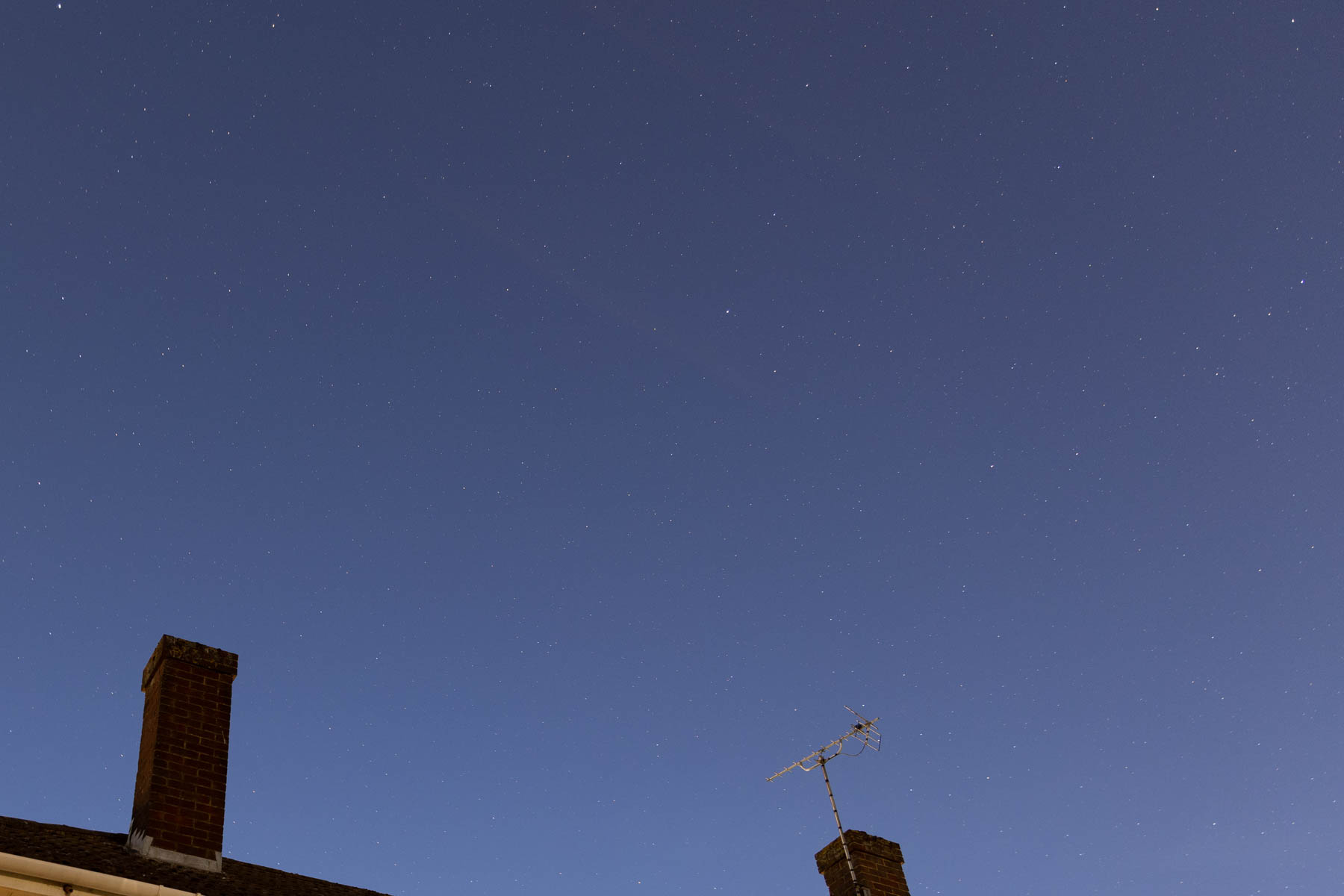
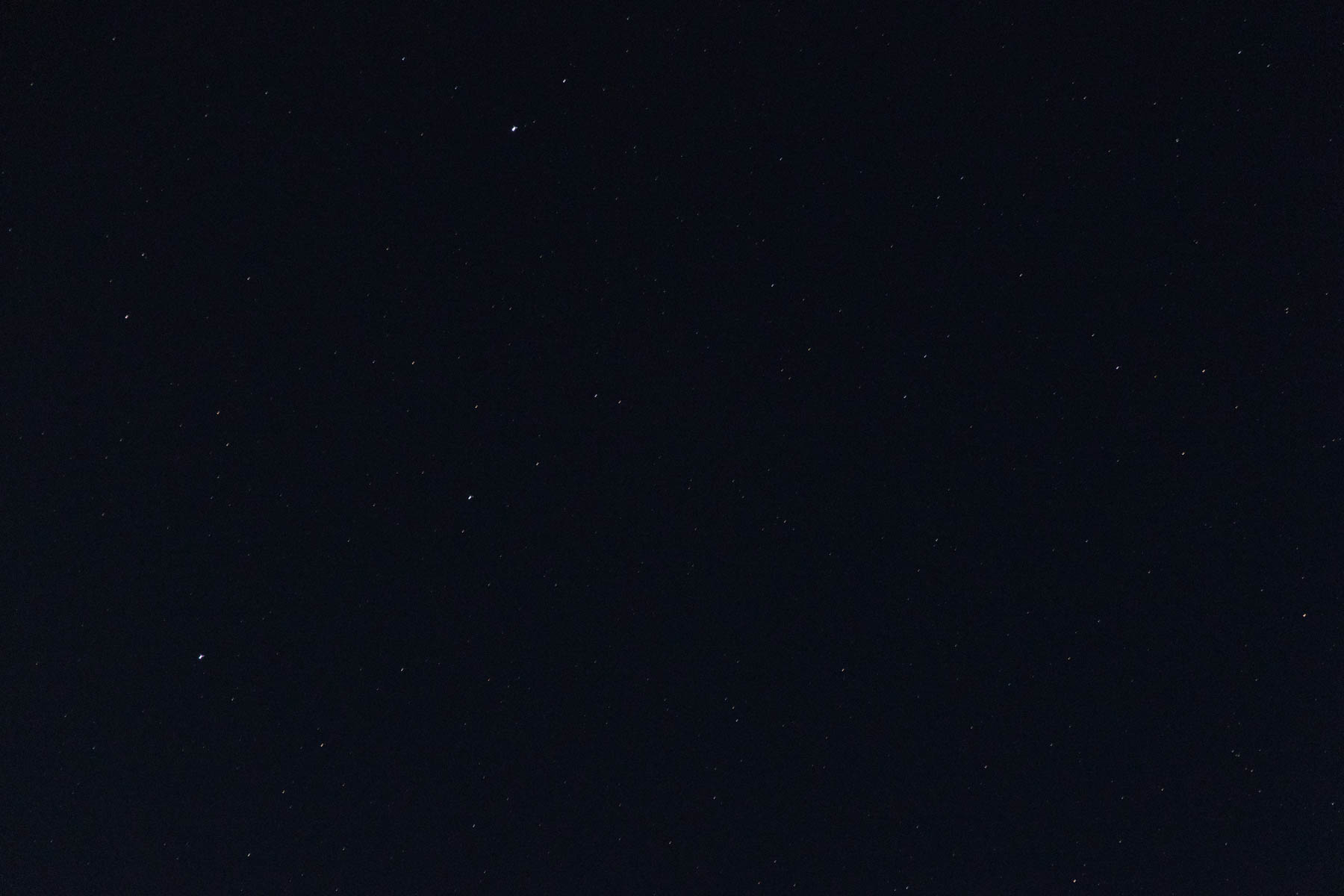
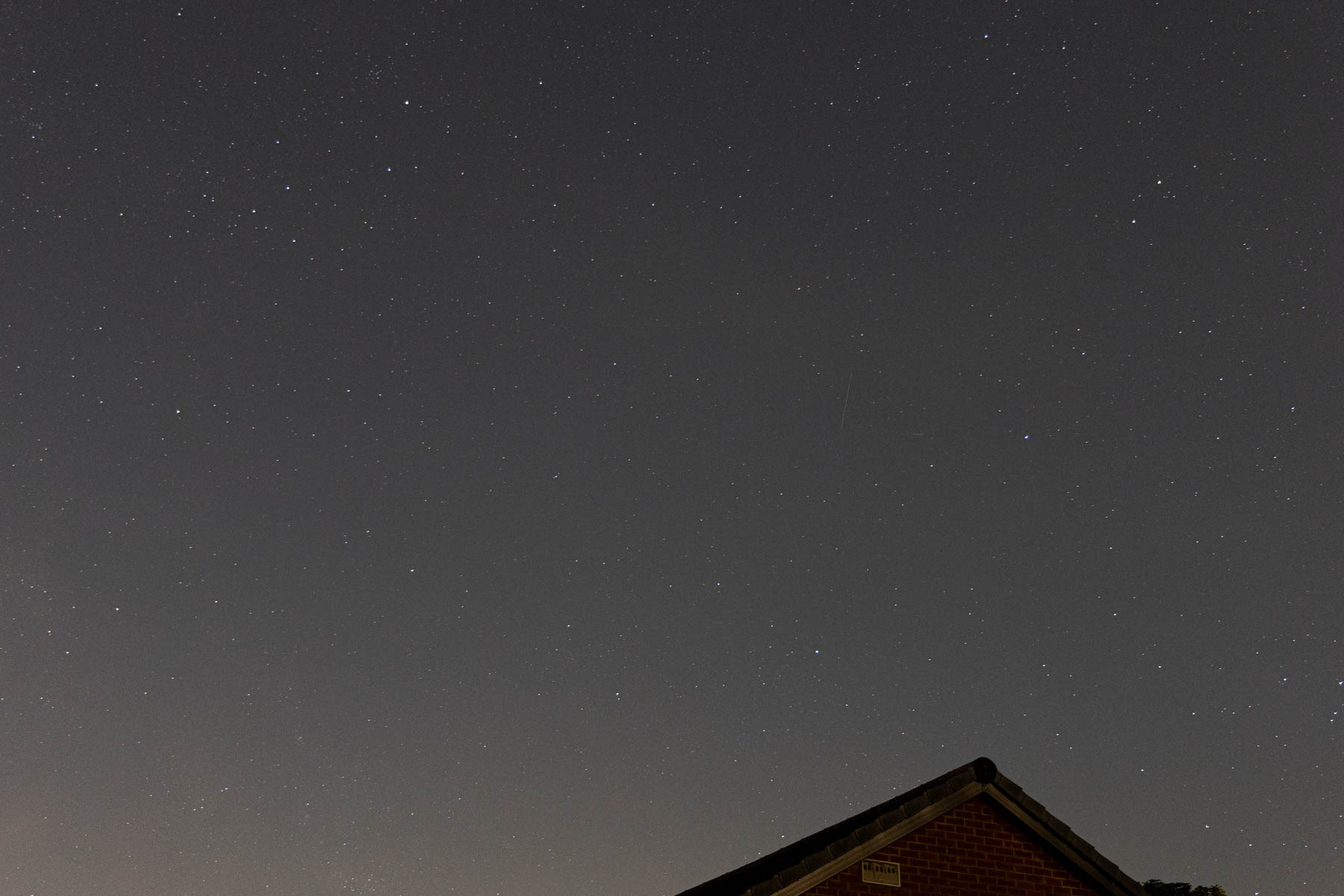
The autofocusing system was great. The R8 relies on the Dual Pixel CMOS AF II autofocusing system and has eye and face detection but also tracks autofocus on people, animals and vehicles making it usable on multiple shoots. It didn't cope exceptionally well with forward-moving speedy animals, such as dogs chasing a ball towards the camera, or birds flying directly towards us but it performed well under such a range of conditions that we didn't expect this, at this price point.
Detail retention was impressive. Repeatedly shooting into the light, backlighting subjects like trees and leaves or even capturing handheld low light/twilight scenes outside we were able to keep highlights from blowing. Shadows were easily boosted in post-production editing software but there was a limit of around 1-2 stops before the image noise became apparent.
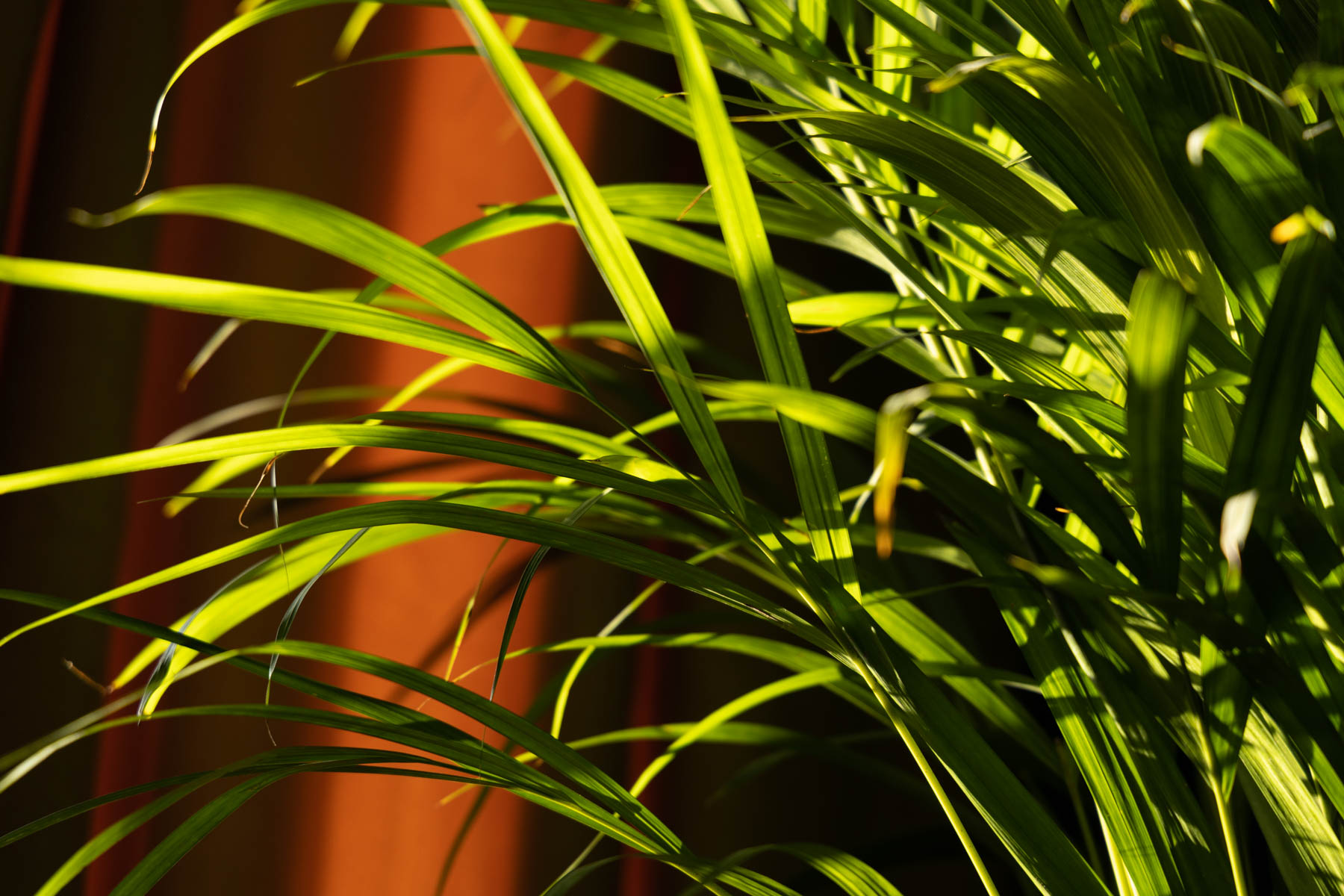
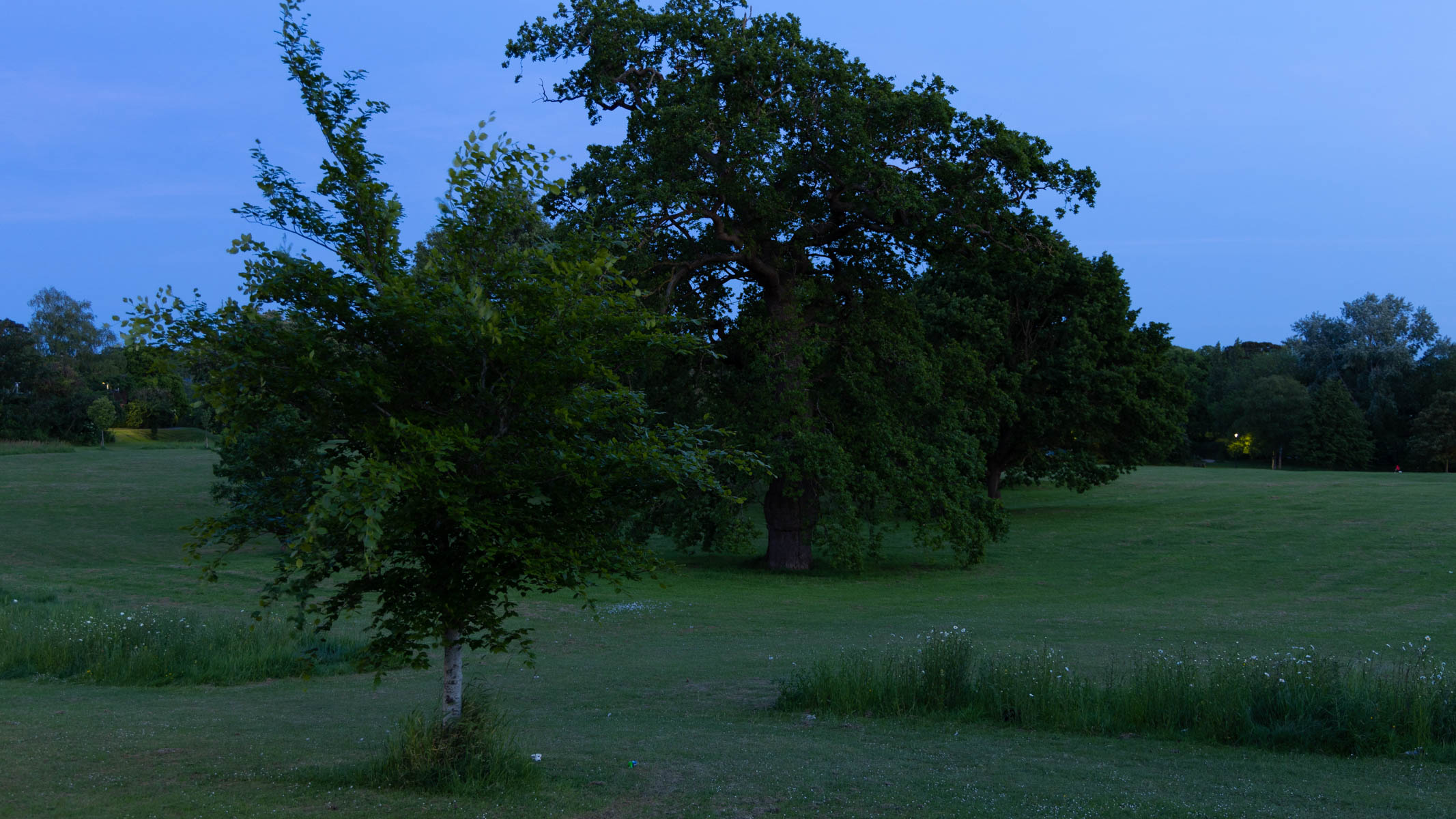
Should you buy the Canon EOS R8?
We'd recommend the Canon EOS R8 as a brilliant camera for those wanting to upgrade from their old DSLR camera (crop-sensor or full-frame) if they also want to upgrade their lenses and camera gear with time. The second-cheapest full-frame mirrorless from Canon, the EOS R8 is an affordable step up for many and though there are a few features lacking it's still eminently usable provided you pair it with an appropriate lens.
If this isn't for you
APS-C crop sensor mirrorless owners should probably skip this model if budget allows. We'd recommend diving straight into the Canon EOS R6. It sounds like a bad move because it's around $1000 more expensive than the EOS R8 and has many of the same specs, but the shooting experience is massively different thanks to the higher 12FPS mechanical shutter and 8-stops of in-body image stabilization.
Anyone professional will skip all of this and look straight to the Canon EOS R3 which is Canon's flagship mirrorless camera. Built like a tank with a double size body for integrated battery grip it has an ultra-detailed 5.76 million dots electronic viewfinder and Eye control AF for speedy autofocusing. Video shooters will love the 6K 60p RAW video footage and slow-mo 4K 120p option as well.







